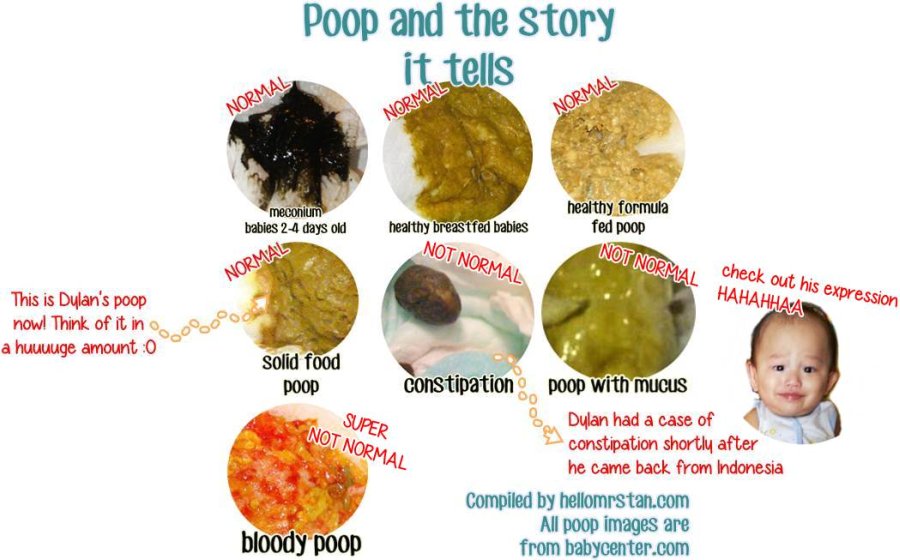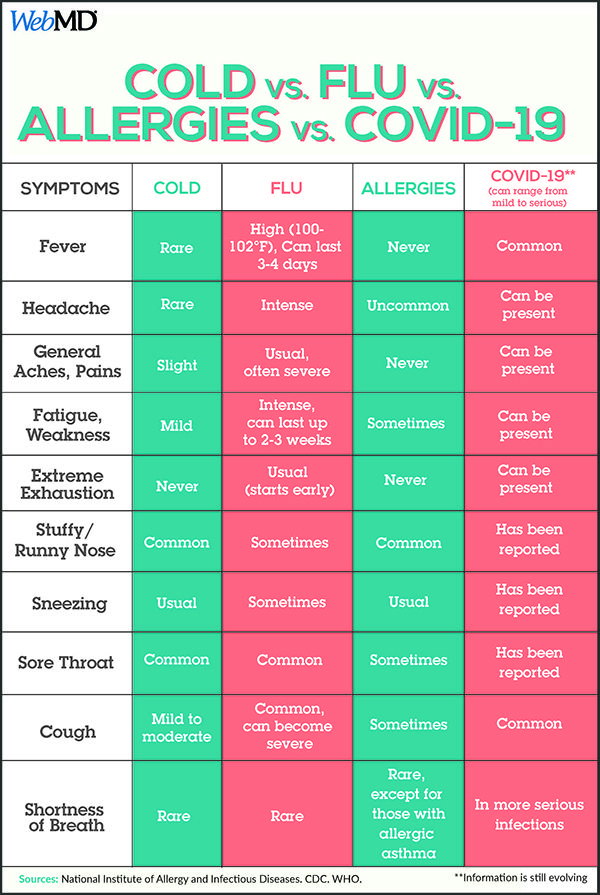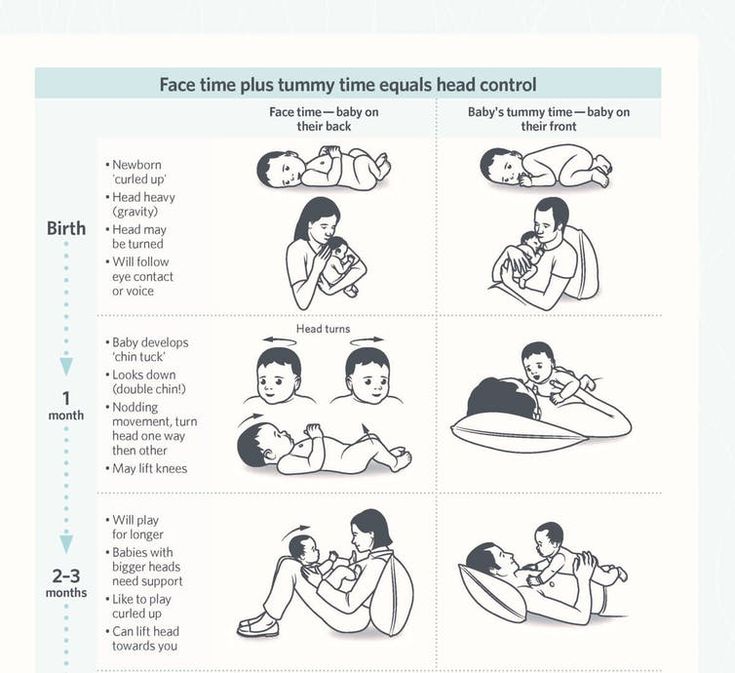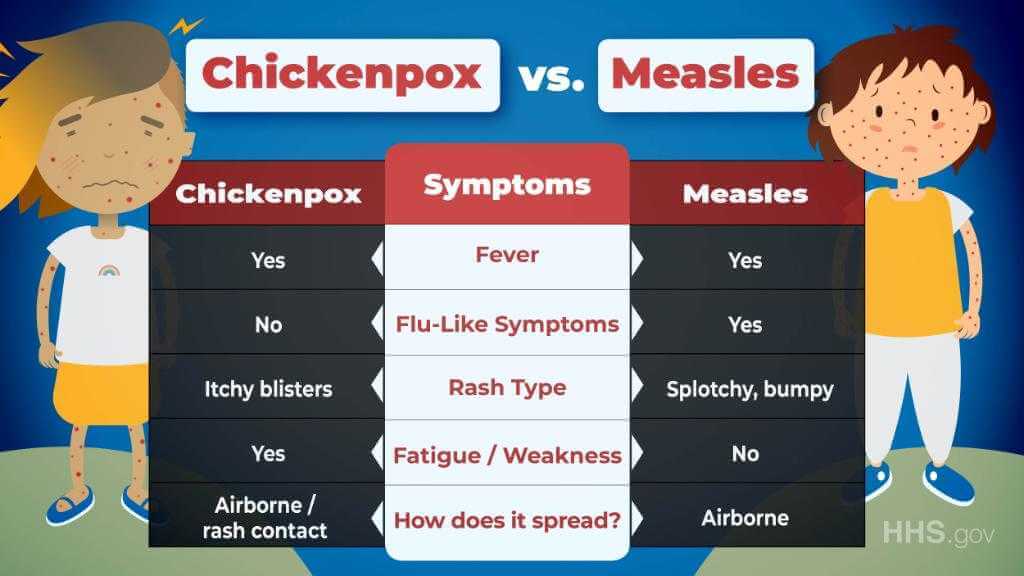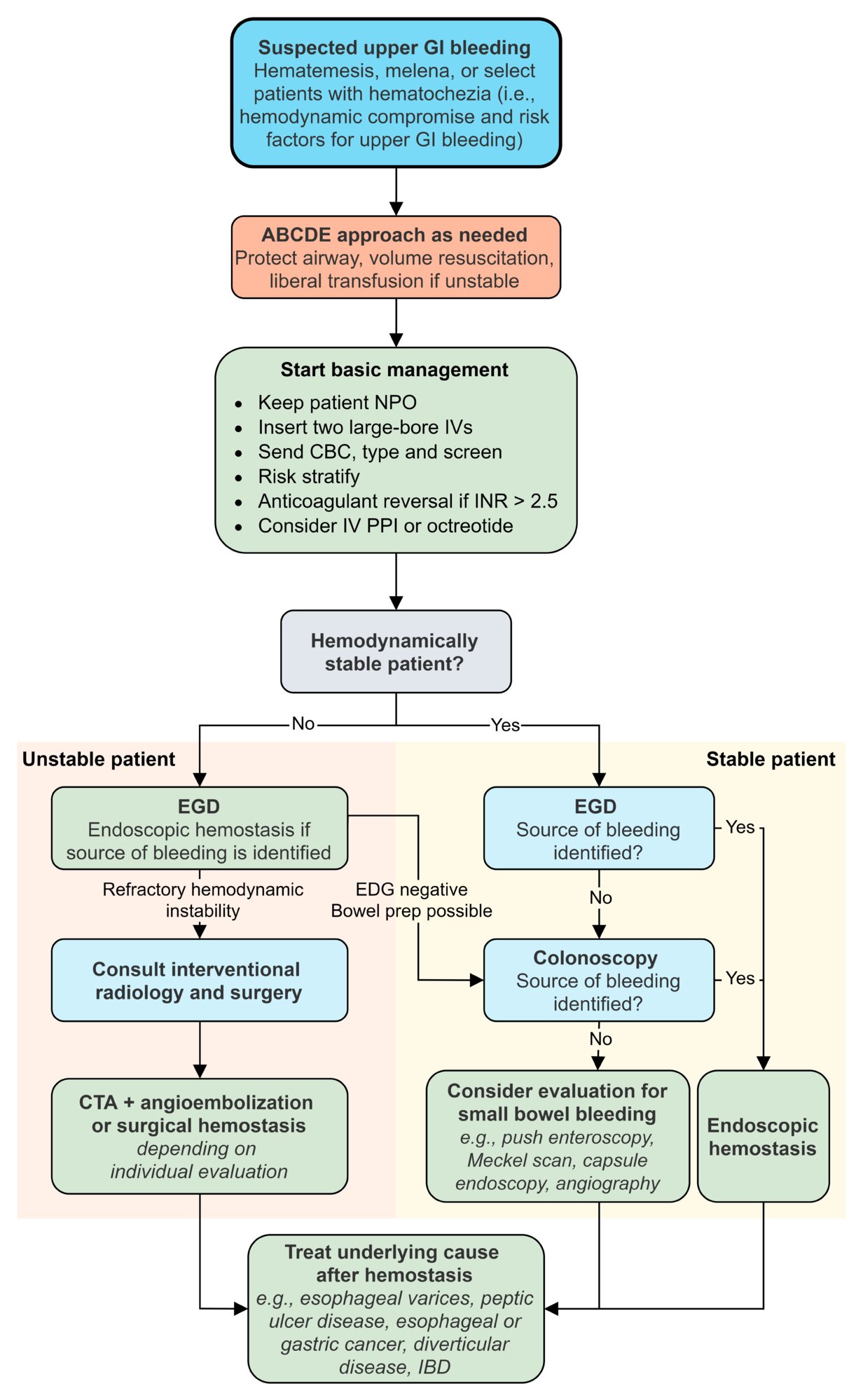Baby poop changes
What Does Your Baby’s Poop Mean? Chart and Guide| Banner
Everyone poops, but your baby’s poop is particularly fascinating—especially in the first few months of life. You haven’t changed enough diapers, if you haven’t gasped or said, “Woah!” at least once while opening up your baby’s diaper. The range of colors, consistency, size and smells, it’s no wonder it becomes a common topic of discussion between parents and with a child’s primary care provider.
There’s good reason to care a lot about your baby’s poop though. That’s because your baby’s poop can tell you a lot about their health and development.
“It’s important to keep track of the number of poops and color during the first few days and weeks of life as that helps your pediatrician understand how your baby is eating and growing,” said Helene Felman, MD, a pediatrician with Diamond Children’s Multispecialty Services Clinic in Tucson, AZ. “If a baby is pooping regularly, we know they are eating regularly, and growing normally. ”
While every diaper change may uncover a new surprise, you may wonder what is normal and what’s not in the baby poop department. Dr. Feldman helped breakdown what to expect.
The evolution of baby poop: How poops change as baby grows
Newborn poop
The first type of poop your baby will have is called meconium. It’ll look dark, sticky and tarry and will be hard to clean off. After 24 to 48 hours, it will transition to yellow and seedy. Think fancy mustard, like Grey Poupon—no pun intended!
Breastfed poop
Breastfed babies have the most variety in frequency of poops but the color and consistency are typically soft, smooth and mustard-like. It’s more of a puree consistency than a child or adult-type poop. Breastfed babies typically poop after each feeding, but the frequency can go down as they get older. As long as the poop is soft, and not hard balls, it’s not constipation.
Formula-fed poop
Formula-fed babies tend to have slightly more solid poops, still soft, and occur about one to three times daily. The color also tends to be darker yellow, brown or green.
The color also tends to be darker yellow, brown or green.
After introducing solids
Once babies start eating solid foods, around age 6 months, regardless if they’re breastfed or formula-fed, their stools will become more solid and formed. As long as they aren’t producing hard balls, this is normal and not constipation.
Why color matters when it comes to your baby’s poop
While colors like green, dark brown or yellow poops are peculiar, there are really only three colors Dr. Feldman said you should worry about: black, white and red.
“Green, orange, yellow, brown and everything in between are typical for babies,” Dr. Felman said. “Brown and orange are more typical for formula-fed babies, but can occur in breastfed babies as well. The colors of stool for a breastfed baby can also change based on their mother’s diet. But if you see red, black or white stools, call your baby’s doctor right away.”
- Black poops: It could indicate older blood in stool.
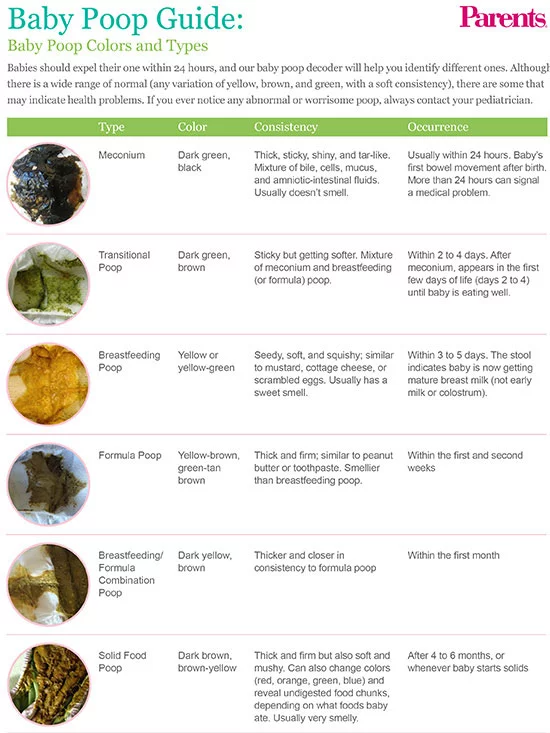
- White poops: It could be a sign your baby’s liver isn’t working as it should.
- Red poops: Many times, it could indicate bleeding. It may appear stringy or mucous-like and could be a result of a milk allergy or anal fissures.
“If you see any of these three colors, snap a few photos to show the doctor and hold onto the diaper in case the doctor wants to test the stool,” Dr. Felman said.
For a quick cheat sheet, check out our Baby Poop Guide below:
Is my baby constipated?
Many parents worry about their baby straining and turning red in color when they are passing poop, but as long as the stools are soft and normal in color, don’t worry. According to Dr. Felman, “This happens so often, there is even a medical term for it: infant dyschezia.”
“I ask parents, ‘Have you ever tried pooping while lying down?’ It’s hard to move stool from that position,” Dr. Felman said. “You can help your infant pass their poops by massaging their stomachs and bicycling their legs to help put pressure on their abdomen and push the poop out more easily that way. ”
”
Though not an emergency, if your baby hasn’t pooped in four days, talk to the nurse or doctor to see if there are things you can try to help your baby pass the poop.
The takeaway
Your baby’s poop will be a topic of conversation their first few years of life, but it’s for good reason. Their poop will fluctuate quite a bit as they grow and start eating solids. While most colors and textures are normal, if you’re ever concerned about your baby’s bowel movements, don’t hesitate to call your doctor for advice.
For other parenting tips, check out:
- Four Common Causes for Your Child’s Tummy Ache
- Birth to Five Years: Knowing Your Child’s Developmental Milestones
- Rashes on Children: When Should I Worry?
- Do I Need To Worry If My Baby Has a Flat Head?
Children's Health Parenting Infographics
Join the Conversation
Baby Poop Guide | Children's Hospital Colorado
No one said it’s pretty or fun, but it’s a fact: As a new parent, you’ll spend a lot of time looking at your baby’s poop.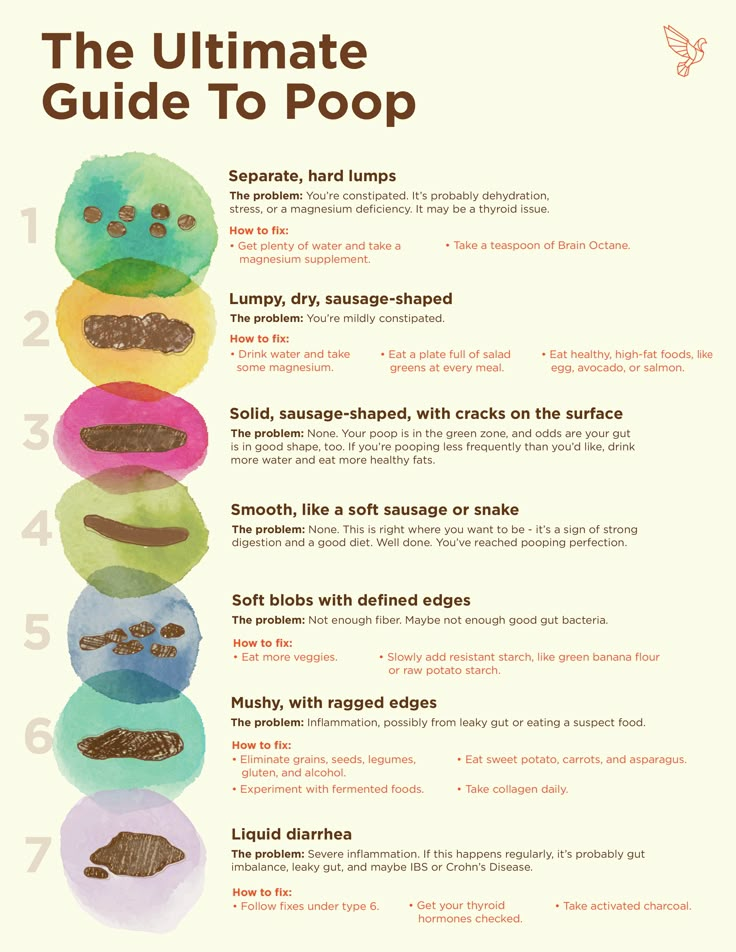 The good news? All those diaper changes can give you insight into your baby’s health.
The good news? All those diaper changes can give you insight into your baby’s health.
Our experts have created a baby poop guide to give you the 411 on your baby’s number two, with special information for babies in the Neonatal Intensive Care Unit (NICU) or with ongoing medical needs.
Infant poop frequency
Stool frequency in babies varies, so don’t put too much stock into how many times a day your baby “should” be pooping. Babies can poop as frequently as every feeding or as infrequently as every two to three days. Neither of these situations should cause you alarm. Breastfed infants tend to poop more frequently than formula-fed infants.
When should I call my pediatrician?
While every baby’s poop schedule is unique, if your baby hasn’t pooped in four days, you should call your pediatrician. This could be a sign of constipation.
Infant poop color
For new parents, or even experienced parents, the color of your baby’s poop can surprise you. Babies can create a rainbow of poops, but it typically doesn’t mean there’s a problem.
Almost all infants’ first poops will be thick, black and tarry looking. These stools are called meconium and are completely normal.
When your baby starts breastfeeding or drinking formula, their poop will turn green or yellow and have a more liquid consistency. Breastfed babies’ poop will stay in the green-yellow-brown palette as long as they continue breastfeeding.
Formula-fed babies’ poop will typically be slightly lighter, but similar in color to breastfed babies. Slight changes in color are typically the result of your baby’s intestinal lining or how they digest milk and aren’t concerning.
As your baby begins to eat solid food, it will change the color of their poop. This is natural, but certain colors can tell you something about your baby’s health or signal a warning sign.
Red baby poop
While it may look startling, red poop is almost always caused by red food or medicine. The exception? Bloody stool, which can signal allergies or bleeding in their gastrointestinal tract.![]() Call your doctor if you see blood in your baby’s poop.
Call your doctor if you see blood in your baby’s poop.
Green baby poop
This is completely normal, even when it’s dark green. Dark green poop is usually caused by bile, a fluid made in your baby’s liver that aids digestion. Inspect dark green poop closely (yes, this is your parental duty) to make sure it’s not black, as that could be cause for concern.
Black baby poop
If your baby has black poop after their very first poops, it could be a sign of stomach bleeding. Look at the poop under bright light and if it’s black instead of dark green, call your doctor.
Yellow baby poop
Any poop that is yellow, orange or brown is completely normal.
White or light grey baby poop
This is the one shade that should almost always alert you of a problem. White baby poop could signal that your baby has a liver condition and isn’t digesting food properly.
When should I call my pediatrician?
Most colors are normal but call your doctor if your baby’s poop is white, black or has blood in it.
Infant poop consistency
Baby poop is softer and more liquid than older kids’ stool. The following consistencies are normal for breastfed and formula-fed infants:
- Soft and somewhat runny
- Slightly seedy
- Pasty (more common in formula-fed babies)
If your baby’s poop strays too far from these textures, that’s when you should get concerned.
When should I call my pediatrician?
Two situations should ring minor alarm bells:
- Very loose or watery stool for three or more diapers, which could lead to dehydration
- Hard, pellet-like poop — a sign of constipation
Never give your infant laxatives, enemas, suppositories or other stool stimulators without asking your doctor first.
What to know about poop for babies with complex medical needs
Babies who spend time in the NICU or have complex medical needs often need extra care or follow different developmental timelines than other babies. Parents need to learn new information about their baby’s condition and what to look for.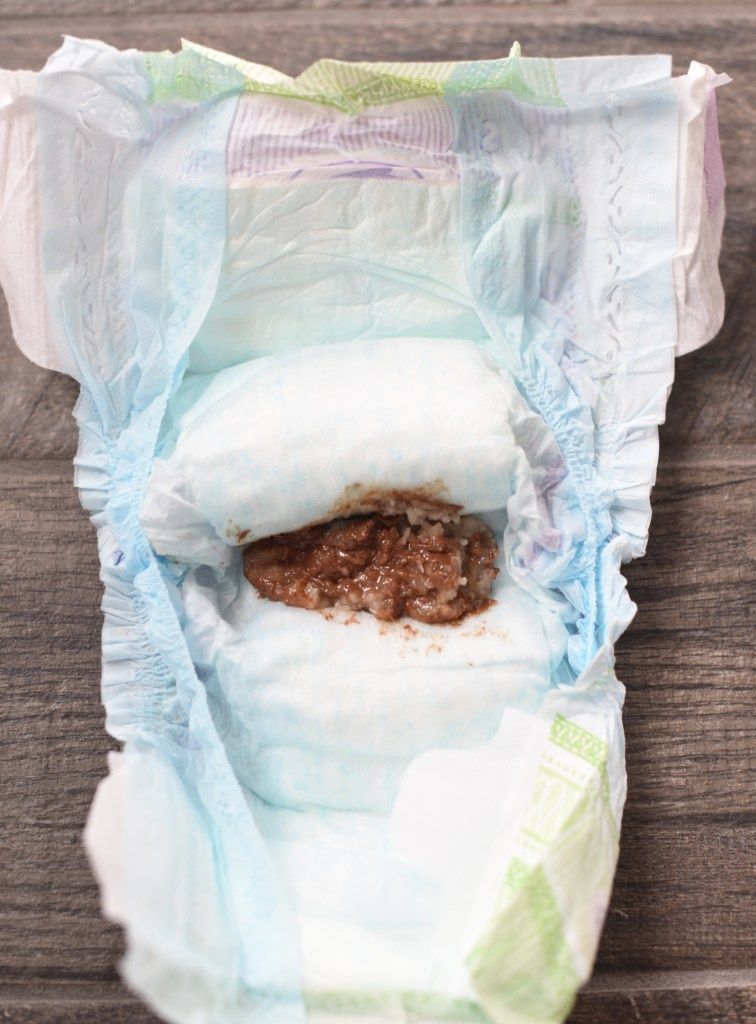
When it comes to baby poop, parents whose babies have medical conditions should be on the lookout for the same things mentioned above, with a few additions.
Poop for babies with gastrointestinal issues
Babies with gastrointestinal conditions or complications will face the greatest impact to their digestive systems. Their bowel movements and developmental schedule won’t be the same as their peers’. Here are some gastrointestinal issues that affect a baby’s poop:
- Necrotizing enterocolitis (NEC): This is a serious intestinal disease for premature babies that occurs when the small or large intestine becomes inflamed. This can sometimes create a hole in the intestinal wall that allows waste to move into the baby’s bloodstream or abdomen, which can make the baby very sick. Both diarrhea and constipation can be symptoms of NEC. Some babies with NEC need to have some of their bowel removed, which affects their ability to absorb food. This can make them more prone to liquid stool and weight gain issues, even as they grow older.
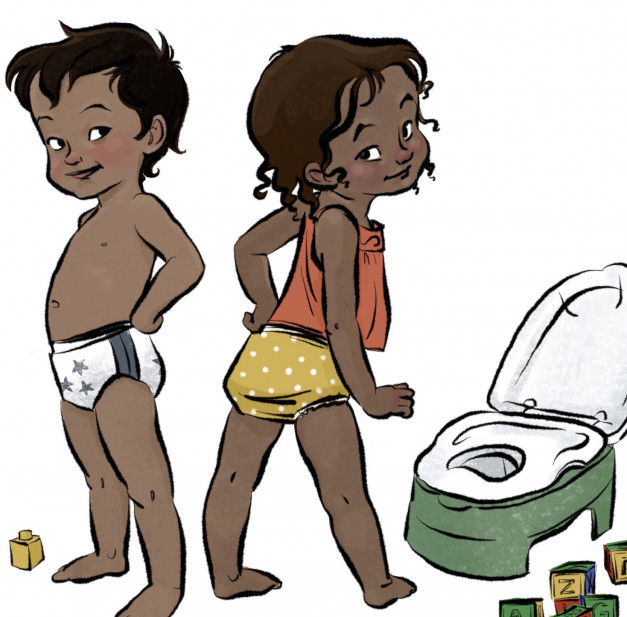 Our neonatal and gastrointestinal experts work together to get the best results for babies with NEC.
Our neonatal and gastrointestinal experts work together to get the best results for babies with NEC. - Babies with blockage or narrowing of bowels: These bowel issues often require surgery. Bright green poop or no pooping for the first few days of life are warning signs for blocked or narrow bowels.
Reaction to medication
When babies leave the NICU, they sometimes remain on medication or have different dietary needs. This may change the color or consistency of their poop. These changes shouldn’t alarm you, but you should know what to expect, so you can spot anything that really is a problem.
- Antibiotics: When babies are on antibiotics at home, they often have looser stool and are at higher risk for developing diaper rash. If your baby is on antibiotics, try to change their diaper soon after they poop and apply a barrier cream like Vaseline® or Desitin® as a preventive measure.
- Fortified breastmilk or medication: If your baby needs more calories, they may be given fortified breastmilk for feeding at home.
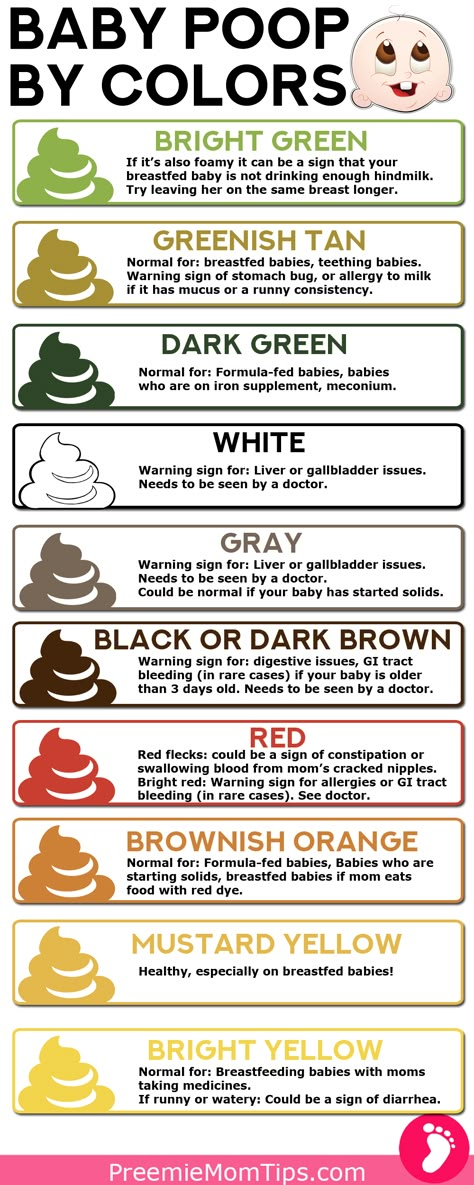 Our doctors might prescribe medication to take at home for several conditions. Both of these could change your baby’s poop, so talk to your doctor to know what to expect.
Our doctors might prescribe medication to take at home for several conditions. Both of these could change your baby’s poop, so talk to your doctor to know what to expect.
I want tips and advice about
BehaviorHealthMental HealthParentingSafetyfor
Before Birth (Prenatal)Babies (0-1) Toddlers (2-4)Kids (5-10)Pre-Teens & Teens (11+)
Changes in the child's stool from birth to 1 year old
— Olesya Vladimirovna, tell us, does the stool of a child on breastfeeding and artificial feeding differ and what caused these differences?
- The first stool after the baby is born is meconium. It is approximately the same for everyone - thick, viscous and green due to the large amount of bilirubin. And then the child begins to eat mother's milk or a mixture, and depending on the type of nutrition, a stool is formed in him.
What is the difference between the feces of an artificial baby and the feces of a breastfed baby?
- First of all, color: many mixtures give a greenish coloration, and a breastfed baby will have yellowish stools.

- Secondly, the consistency: the stool is thin in an infant with mother's food and thicker, pasty when using the mixture.
- And, finally, frequency: after all, with artificial feeding, the baby poops less often. nine0014
— What is a normal stool for a breastfed baby?
— Analyzing the baby's feces on breast milk, we take into account its color, texture, smell, the presence of certain impurities or their absence.
- So, color: yellow, brownish or orange. If the baby's well-being is in order and only the color worries the mother, then, with a high degree of probability, everything is fine with the baby.
- Consistency: liquid in the first weeks, then gradually mushy. Normal liquid stool should not be confused with diarrhea. With diarrhea, the stool becomes watery, frequent, acquires an unpleasant odor. May be accompanied by regurgitation, vomiting and fever.
- Now let's talk about impurities and how to distinguish the norm from the pathology.
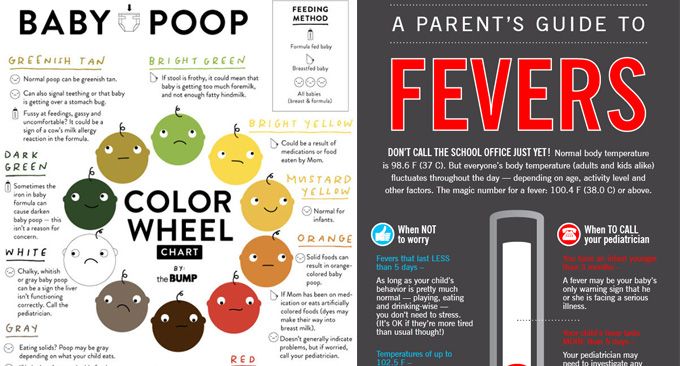 Most often, mothers are worried about white lumps in the stool . In a small amount, they are not a pathology. But their increase indicates that the gastrointestinal tract of the child does not quite cope with the digestion of food - either the baby overeats, or the nursing mother consumes a lot of fatty foods. nine0014
Most often, mothers are worried about white lumps in the stool . In a small amount, they are not a pathology. But their increase indicates that the gastrointestinal tract of the child does not quite cope with the digestion of food - either the baby overeats, or the nursing mother consumes a lot of fatty foods. nine0014 - A small amount of mucus does not bother us either, it may be a variant of the norm. But its abundance may indicate a violation of the intestinal flora or its inflammation and still requires examination.
- Blood in the stool is an alarming symptom. It can appear with constipation and diarrhea due to injury to the intestinal vessels, and may be the result of inflammation of the intestine or anal fissure. In any case, it is important to consult a doctor without delay. nine0014
— What stool can be considered normal for an infant on infant formula?
- In the crumbs receiving the formula, we evaluate the same parameters as when breastfeeding: color, consistency, smell, presence / absence of inclusions.
- Colour: may be yellowish or green - don't be alarmed, some mixtures cause this coloration.
- Consistency : Thicker than breastfeeding but still loose stools. nine0014
- Odour: may have a slight, subtle sourness.
- Inclusions: The stool should not contain much mucus, nor streaks of blood or undigested pieces of food.
— How does food affect baby's stool?
- If a child eats breast milk, then his stool largely depends on what his mother eats.
If a breastfeeding woman eats fatty, fried foods, white lumps appear in her baby's stool. The abundance of bread and buns in the mother's diet leads to constipation and bloating of the baby, and the predominance of raw vegetables and fruits can lead to thinning of his stool. Sweets can cause stomach rumbling. nine0005
— What other reasons are there for changing stools?
— The most serious stool disorders in newborns are caused by congenital diseases such as celiac disease and lactase deficiency.
With celiac disease , the child's body lacks an enzyme that helps digest gluten: they are rich in rye, rice, barley. As a rule, before the introduction of complementary foods, we do not even know about this disease. But when rice porridge or bread appears in the diet, the intestines become inflamed in such a child, which is manifested by diarrhea, pain and rumbling in the abdomen. nine0005
In case of lactase deficiency another deficiency is lack of lactase, a special enzyme that helps to digest milk sugar - lactose. We notice such a disease literally from the first day for foamy and profuse diarrhea.
— How does a child's stool normally change from birth to a year?
— The frequency of defecation decreases with age. If a newborn could poop 10 times a day, then a one-year-old does this, as a rule, 1-2 times. The chair itself becomes thicker, acquires shape and brown color. nine0005
What can a baby's stool tell a doctor?
- Let's talk about stool frequency and regularity.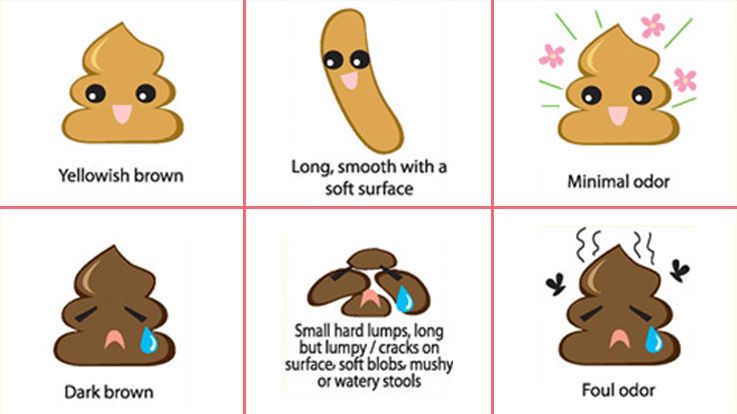 What should they be?
What should they be?
- In the first month of his life, the baby sometimes poops as often as it is applied to the breast. As it grows, the frequency of stool decreases, but, in my opinion, it should not be less than once a day.
- Prolonged lack of bowel movements - when to run to the doctor?
- This question is extremely debatable. There are pediatricians who claim that breast milk can be completely absorbed, so the baby may not poop for several days. I do not share their opinion and I believe that the chair should be at least once a day, and preferably several. It is not uncommon for newborns to poop after each feeding, and this is good. nine0005
This may be a malnutrition of a nursing mother, digestive disorders or intestinal microflora in a baby.
The so-called "false constipation" deserves special attention - in such cases, there is no stool due to the mother's lack of milk. Some pediatricians call such constipation hungry. A similar problem can be suspected in children who gain weight poorly, sleep for a long time or, on the contrary, often ask to breastfeed, are naughty.
- Traditional methods of dealing with constipation - why should they be treated with caution? Grandmothers are advised to supplement, give the baby a drop of sour juice, put an enema ...
- I categorically do not recommend using folk remedies. What experienced relatives will not advise a young mother - and a bar of soap, and a cotton swab, and the tip of a thermometer, and early feeding with prunes, and sour juice. But the latter is not only ineffective, but also dangerous - you can injure the delicate intestinal mucosa, provoke indigestion! I am even against water enemas, especially on a regular basis. Now there are good tools - microclysters in the form of a gel, effective and safe. nine0005
— How does MAMAKO ® Premium mixtures with goat milk help normalize a child's stool?
- Let's start with the fact that these mixtures are based on goat's milk, which is digested and absorbed more easily than cow's.
In addition, MAMAKO ® Premium contains pre- and probiotics that help restore the balance of intestinal microflora.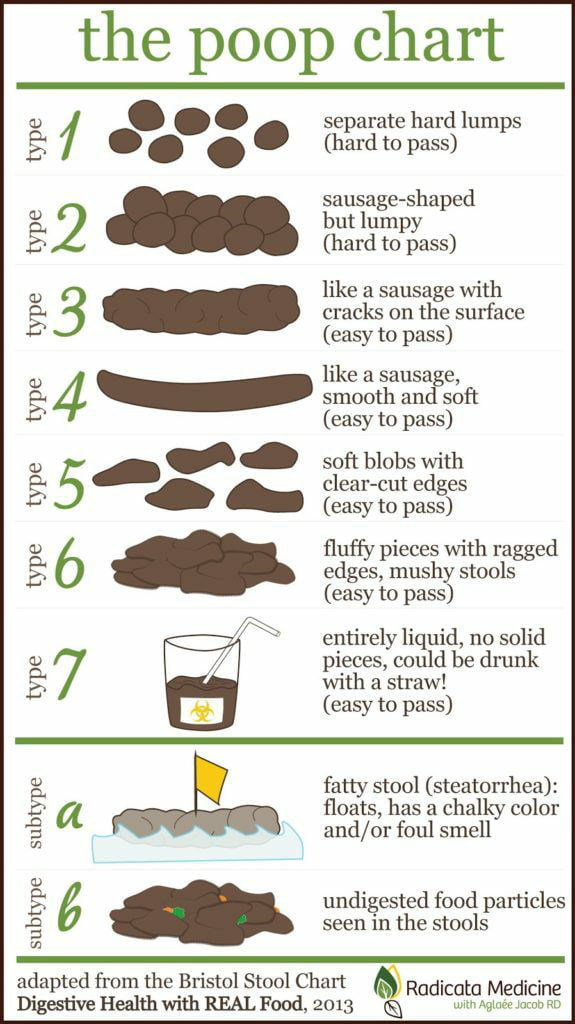 And nucleotides that stimulate the maturation of the intestinal epithelium and the settlement of the intestines with the right, beneficial bacteria. nine0005
And nucleotides that stimulate the maturation of the intestinal epithelium and the settlement of the intestines with the right, beneficial bacteria. nine0005
Another important point is the absence of palm oil. The manufacturer replaced it with milk fat palmitic acid, which reduced the likelihood of stool problems.
— When you can't do without a doctor?
— It is important to consult a doctor without delay if the child regularly suffers from constipation or, on the contrary, thinning and frequent stools. Also, the reason for consulting a specialist is the presence of impurities in the feces in the form of copious amounts of mucus, undigested food or blood. nine0005
A child's stool is a marker of digestion and the state of the whole organism as a whole. Therefore, it is very important to know how it changes during the first year of life. This will help parents understand when it is not worth panicking, and in what situations it is necessary to seek help from a specialist without delay.
* Breast milk is the best food for babies. WHO recommends exclusive breastfeeding for the first 6 months of a child's life and continued breastfeeding after complementary foods are introduced until the age of 2 years. Before introducing new products into the baby's diet, you should consult with a specialist. The material is for informational purposes and cannot replace the advice of a healthcare professional. For feeding children from birth. The product is certified. nine0149
Children's stool color: how to understand what is normal and what is not
Zainiddinova Rabiyat Salakhiddinovna
Candidate of Medical Sciences, pediatrician, neonatologist, specialist in vaccine prevention
Stool in healthy children does not always look the same. The state of the chair usually depends on the age, type of feeding, the period of development of the child. What does normal breastfeeding look like? We will describe the acceptable options for color, smell, consistency and find out how the baby's stool changes within the normal range or when there are reasons for concern. Candidate of Medical Sciences, pediatrician Rabiyat Salakhiddinovna Zainiddinova advises. nine0005
Candidate of Medical Sciences, pediatrician Rabiyat Salakhiddinovna Zainiddinova advises. nine0005
- Rabiyat Salakhiddinovna, what are the main differences between the stool of a newborn on breast, artificial and mixed feeding?
- For breastfed babies, when feeding with an adapted formula, and with a combination of these two types of food, a different type of stool is allowed. For example, a breastfed baby (HB) feels comfortable with a stool frequency of up to 5-8 times a day, and this is the norm. On artificial feeding (IV), the baby can empty the intestines up to 1 time per day or even once every 2 days, and this is also a variant of the norm. The color of the baby's stool is also different: a mushy yellow stool in a baby on breast milk and a darker and more dense, thick stool in a baby on a mixture. On mixed feeding, the variability is higher, here both mushy and watery stools, and a variety of colors will be the norm. nine0005
— How does a child's stool change from birth to a year?
- Immediately after birth, the stool is very dark (black) in color and is not exactly feces, but rather a mixture of desquamated epithelium, bile fragments, amniotic fluid and prenatal hair. It's called meconium. Such a dense dark stool can last up to 3 days, then a transitional stool appears - lighter, with the possible inclusion of green.
It's called meconium. Such a dense dark stool can last up to 3 days, then a transitional stool appears - lighter, with the possible inclusion of green.
Green stools in infants are due to the high content of bilirubin, which is normal for the first months of life. As a rule, by the end of the first month, the stool acquires a stable, permanent appearance - it is mushy, yellowish, with small whitish patches. nine0005
- What can be the color of a children's chair?
- Normal stool color can be all shades of orange and brown: mustard yellow, light brown, brown stool in babies is normal. The intensity of the presence of green color in the stool depends on the concentration of bilirubin in it, the state of the intestinal microbiota, the presence of food allergies or helminthic invasion. Very dense and dark stools are more typical for formula-fed babies, but it also becomes lighter and softer with the introduction of complementary foods into the diet. nine0005
If the chair does not fit into the range of familiar shades, it is worth taking a closer look at the condition of the baby.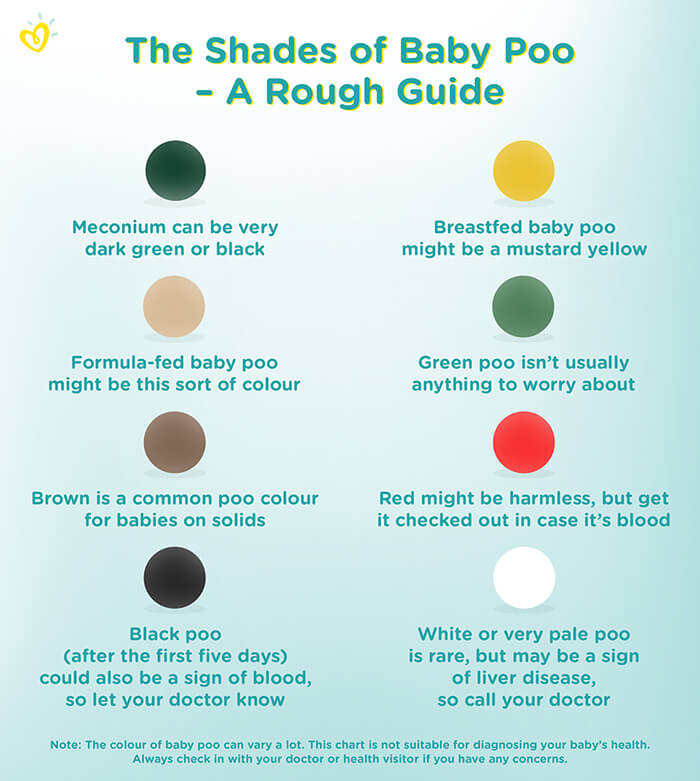 Is he too restless - is he not capricious, is his stomach swollen, has the color of his urine changed. Bloodshot, black or light-colored stools in a child are not the norm and a reason to seek medical help as soon as possible.
Is he too restless - is he not capricious, is his stomach swollen, has the color of his urine changed. Bloodshot, black or light-colored stools in a child are not the norm and a reason to seek medical help as soon as possible.
- Almost black stool in a child - this color is typical only for meconium, for the stool of a newborn older than 1 week this shade is atypical. nine0014
- Gray stool resembling putty (greasy) - most often these are manifestations of a violation of the outflow of bile, often fermentopathy and, as a result, a violation of the formation of full-fledged feces.
- Red stool - often a manifestation of changes in the diet (with the introduction of beets, prunes). But it is necessary to clearly differentiate between red stools and stools interspersed with red or bloody. nine0019
- Unusual stool colors
- Unusual inclusions in the stool
- Foam chair
- Fetid chair
- Loose stools with mucus
- Blood streaks in stool
- Watery stool (stool like water)
- The sharp, fetid odor of feces is due to an infectious process.
- Unpleasant putrid odor against the background of changes in the consistency of the stool appears with a deficiency of enzymes.
- A different smell and a different structure of feces in one bowel movement will be with constipation, when first a dense fecal stone comes out, and then formed feces.
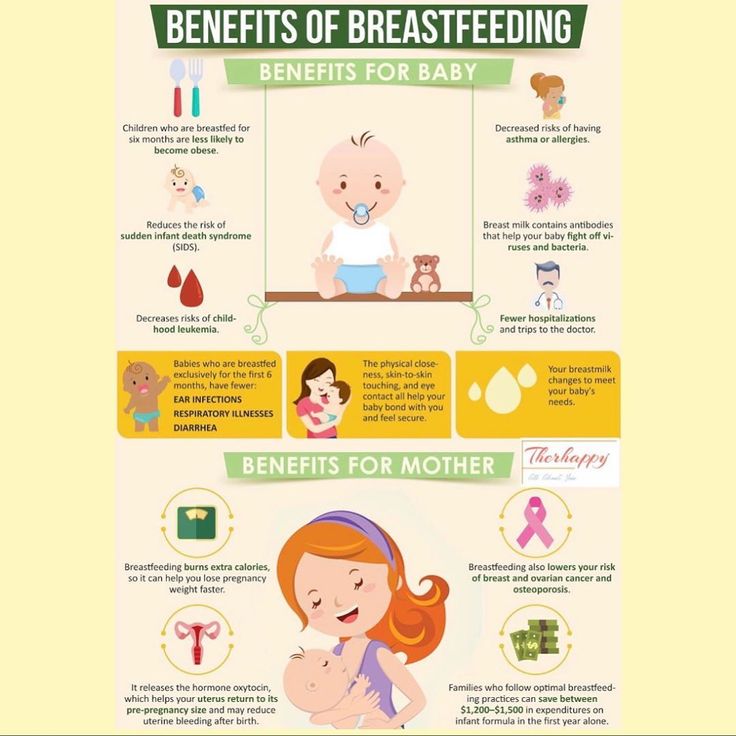 nine0014
nine0014 - The child cries very persistently, loudly and piercingly, periods of calm are short, it is not possible to calm him down immediately, or he calms down for a while and begins to sob again; or the condition is accompanied by fever, vomiting, general malaise, stool retention, or uncharacteristic heavy loose stools in infants.
 In this case, you need to contact a pediatric surgeon and undergo an abdominal ultrasound to exclude surgical pathology.
In this case, you need to contact a pediatric surgeon and undergo an abdominal ultrasound to exclude surgical pathology. - If the disease is caused by the course of a viral infection with abdominal pain syndrome (pain in the abdomen), then this is a manifestation of the intestinal syndrome on the background of a viral infection. Temperature, colic, flatulence and general malaise are allowed here. Despite the fact that the child's condition is significantly normalized after taking antipyretic drugs, in any case, it requires examination and control of a pediatrician. nine0014
- Knowing about allergic reactions to certain types of foods, the children's diet is expanded gradually. If a child has mild symptoms such as a change in stool patterns or signs of discomfort such as a single bout of vomiting after taking a new product, then the product may have been introduced early and should be postponed for the time being. Parents need to observe the condition of the child, it is not necessary to immediately consult a doctor.

- During the period of teething, the baby is disturbed by temperature, colic, flatulence, frequent bouts of crying. In this case, the usual stool may change - a stool appears with an abundance of mucus, but without a fetid odor and foam impurities. And this is a situation that is quite acceptable by age, which can be observed by parents and does not require immediate contact with a pediatrician. nine0014
Checklist: alarming symptoms that should alert parents, require evaluation of the child's condition and supervision by a pediatrician
- Excluding color, how to determine the presence of pathology in babies by stool? nine0004
Baby foamy stool
- It can be an indicator of a deficiency of the normal microbiota, when the physiological process of digestion of food with the participation of microflora is disturbed and the stool changes its consistency.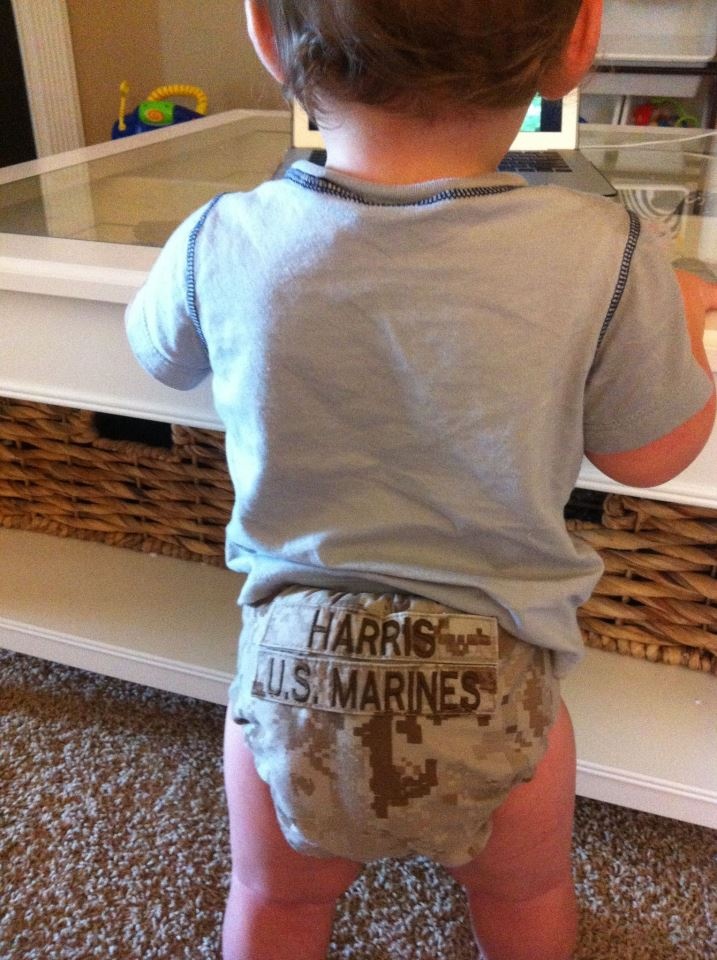 The condition may be transient, not affecting the quality of life of the child, or it may be a manifestation of an intestinal infection if accompanied by fever, anxiety, pain, vomiting and diarrhea.
The condition may be transient, not affecting the quality of life of the child, or it may be a manifestation of an intestinal infection if accompanied by fever, anxiety, pain, vomiting and diarrhea.
Infant diarrhea
- Diarrhea in children in the first months of life may be caused by an infectious cause or not associated with infections.
Infant constipation
- Constipation can begin to form from the first month of life. The pediatrician should be alerted by such facts as the release of meconium in newborns for more than two days (usually the discharge occurs on the first day).
If a mother notices difficulty in passing stools during the first month of life, it is imperative to pay attention to this pediatrician so as not to miss the symptoms of any serious diseases. nine0004
Occult blood in the feces of a child
- There is a medical analysis of feces for occult blood: it shows the presence of microveins of blood that cannot be diagnosed visually.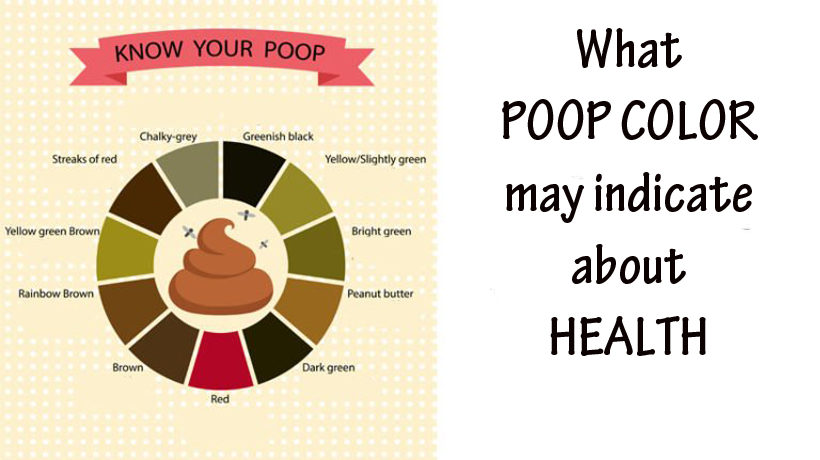 Why is it important not to miss this moment? If anal fissures give bright, visible streaks of blood in the stool of an infant, then hidden blood in his feces may be a sign of gastrointestinal reactions.
Why is it important not to miss this moment? If anal fissures give bright, visible streaks of blood in the stool of an infant, then hidden blood in his feces may be a sign of gastrointestinal reactions.
When assigning a small patient an examination for occult blood in the feces, the doctor looks for possible damage to the integrity of the gastric or intestinal mucosa. In children, due to the tenderness of their mucosa, such damage can be triggered by the listed allergens. Therefore, it is important to exclude a possible risk factor for the development or increase of food allergy. nine0005
Stool with mucus and smell
- Speaking of a large amount of mucus in the stool of a baby, you need to remember what mucus is. These are stretching secretions that are the product of the work of the intestinal mucosa: this is how it protects itself from an aggressive acidic or alkaline environment in the process of digesting food. Moreover, a lack of mucus can provoke constipation, although mothers are most often worried about the situation when there is too much mucus in the diaper.
What to look for if there is a lot of clear or white mucus in the feces of a child nine0005
For mothers, an isolated abundance of mucus in the feces should not be an alarming symptom, because this in itself is not a full-fledged “red flag”.
Pieces of undigested food in feces
- For many parents, pieces of undigested food in the feces of a child are an alarming sign. They believe that if a child has not digested something, it means that he has some kind of stomach problems and he will not receive enough nutrients.
Causes of small particles of food in the stool nine0005
Bad smell
- Unpleasant odor, that is, an odor that is uncharacteristic of normal baby stools, can appear for several reasons.
- Rabiyat Salakhiddinovna, what symptoms may appear along with a change in the color of the stool - what do they talk about and when can they be considered the norm ?.
- As a rule, the variability of shades of the stool itself is acceptable. Dangerous colours: brightly colored blood-streaked, black, greyish-white stools in a child.
When are some of the symptoms associated with a change in stool acceptable?
nine0003 - What to do to normalize the baby's stool?
- From a pediatric point of view, it is necessary to mention the presence of surgical diseases in children - those that in pediatrics go under the general name "acute abdomen". This is a whole list of acute surgical conditions at an early age, which are manifested primarily by abdominal pain and unusual behavior of the baby.
Download pdf
Checklist: when parents should not worry, and when to see a doctor
Checklist: color and consistency of stool in infants, norm and deviations
Every time, taking off the diaper, willy-nilly, the mother examines its contents. Of course, children's health is manifested by many symptoms, and children's stool can also serve as a marker of normal digestion. However, it must be remembered that the characteristics of the stool are extremely variable, they cannot always be the same, and this does not indicate the presence of pathology in the child. But if the baby's stool has not been formed for several days or weeks, retains an unusual uncharacteristic smell, or has pronounced deviations from generally accepted norms, then it is recommended to consult a pediatrician.